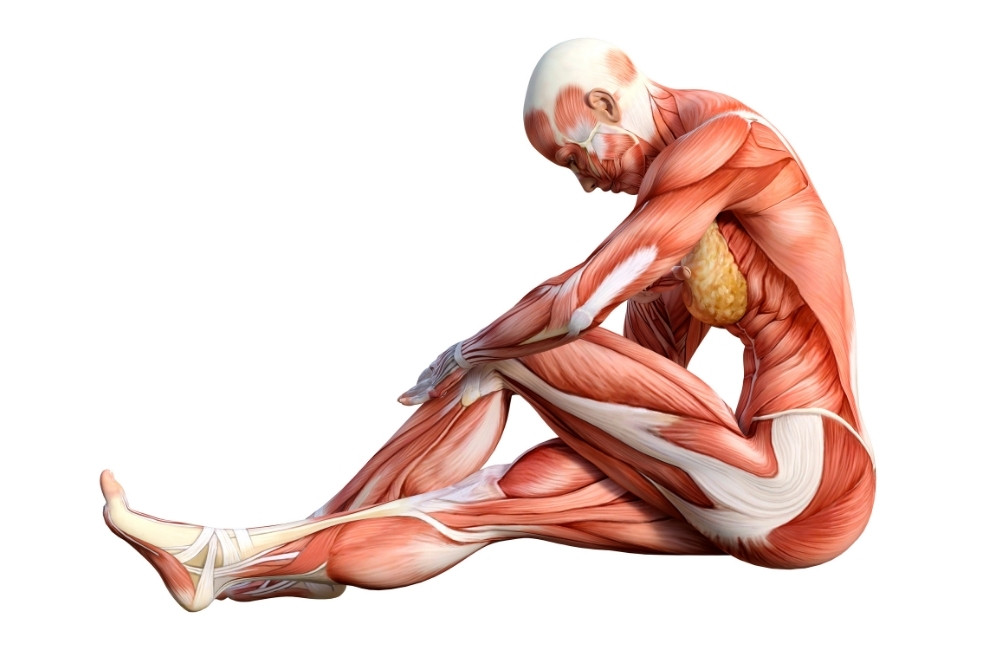
You’ve been stretching all wrong—and here’s how to stretch properly according to a physical therapist.
In recent decades, we’ve developed many theories on exercise. Luckily, most scientists agree on the minimum amount of exercise required for good health. This is true with regard to both strength training and cardio.
However, questions remain about flexibility training.
- How often should we stretch each week?
- How long should we hold stretches?
- When should we stretch?
In this article, we will review the current research and guidelines pertaining to flexibility training.
Why Is Flexibility Important?
Maintaining poor posture is devastating to your health. Unfortunately, the modern lifestyle makes it very hard to practice good posture.
For this reason, it’s critical that we stretch regularly to counteract the tightness many of us have developed.
How to Stretch Your Muscles Properly
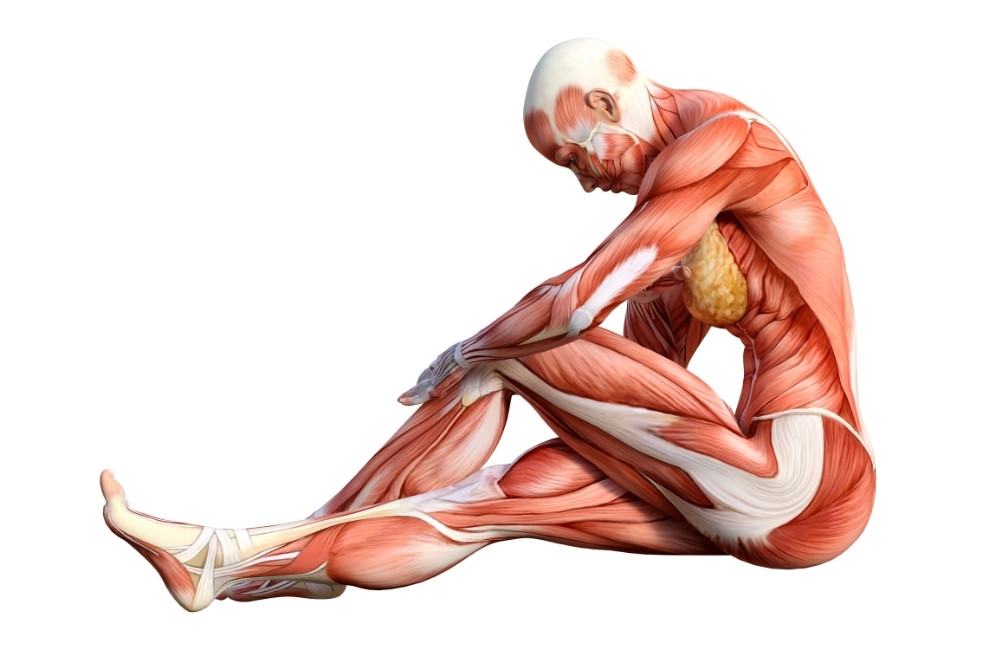
You may also like:
How To Get A Deep Piriformis Stretch To Get Rid Of Sciatica, Hip & Lower Back Pain
10 Best Stretching Exercises To Make You as Flexible as a Cat in 4 Short Weeks
How Often Should We Stretch Each Week?
With questions about fitness, it’s always best to refer to research and expert opinion.
According to the ACSM, healthy adults should aim to complete stretching sessions 2-3 times per week. For those overachievers, more stretching days per week doesn’t seem to be harmful. In fact, more stretching is likely even more beneficial!
How Long Should We Hold Stretches?
For each muscle group, you should aim to accumulate at least one minute of stretch. You can break this time up into as many sets as you like. For instance, you may perform two 30-second stretches, six 10-second stretches, etc.
Holding stretches for longer than 60 seconds isn’t bad, per se. However, you improve efficiency and reap the flexibility benefits by only stretching for a minute per muscle group. So why not save yourself time in this busy world?
When Should We Stretch?
In the past, people always stretched before and after workouts. Now, it has become clear that traditional stretching should NOT be performed before workouts. Rather, you should exercise first, then stretch afterward.
In this manner, you’ll ensure that your muscles are warm and pliable before you stretch, decreasing the likelihood of injuries.
Which Muscles Should We Stretch?
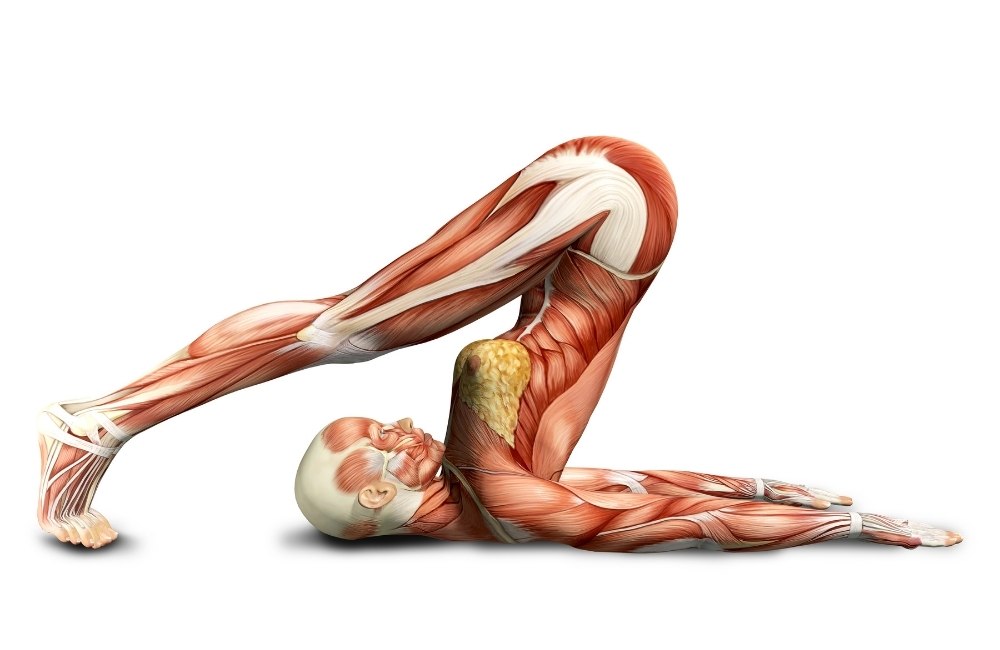
In short, you should seek to stretch all of your muscles, every session. More specifically, you’ll want to target the muscles in all of the following body regions.
- The neck. Many muscles within the neck can become stiff throughout the day. Some of the major ones in this group include the traps and the SCM (sternocleidomastoid).
- The upper back. Much like the neck, the upper back often stiffens from sitting and working at a desk. One of the biggest problem muscles in this area is the rhomboid group.
- The lower back. Lower back pain is extremely common. A stiff muscle that causes a lot of pain in this area is the quadratus lumborum.
- The hips. Tight hips can make it hard to walk, stand up, or even sit comfortably. The hip flexors are a big culprit in the hip region.
- The knees. Hamstring flexibility is critical for good health. When the knees are bent all day long (from sitting), these muscles can become very tight.
- The ankles. When it comes to the ankles, the calves are the biggest issue with regard to tight muscles.
- The shoulders. In the shoulder region, tight pec muscles often cause the shoulders to round forward. This can lead to “pinching” of certain structures of the shoulder. In turn, this usually causes significant levels of pain and dysfunction.
- The elbows. The biceps and triceps are two of the biggest muscles that cross the elbow. Keeping these muscles loose is a major key to a pain-free life.
- The wrists and hands. Working with your hands all day can make your forearm muscles very stiff. Stretching these muscles out will help you continue to work efficiently and effectively.
Stretches to Incorporate Into Your Routine
Now, without further delay, let’s review some of the best stretches to keep your whole body loose!
Downward-Facing Dog
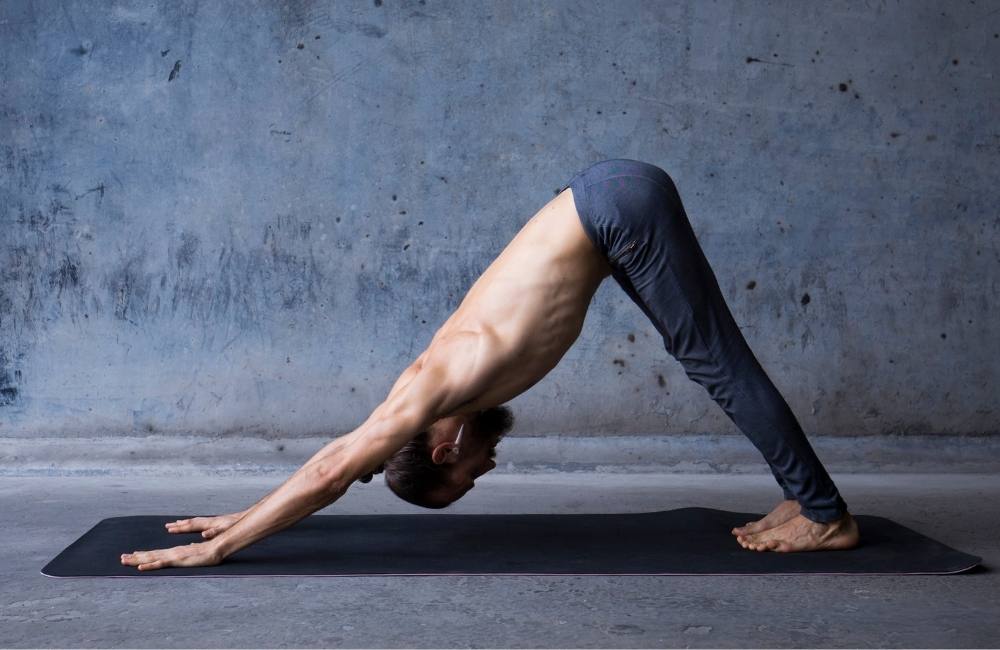
This yoga stretch has been popular with fitness enthusiasts for generations.
This is understandable, as the downward-facing dog stretch is one of the best! Downward-facing dog stretch emphasizes the whole back, the shoulders, and many other areas all at once.
How to Perform:
- Place hands flat on the floor, under your shoulders
- At the same time, place your feet on the floor, about hip-width apart.
- Keeping your knees straight, stick your buttocks up in the air, lean backward, and attempt to create a “V” shape with your body.
- You should feel a deep stretch all throughout your body.
- Hold for 30 seconds and repeat twice per session.
Overhead Stretch
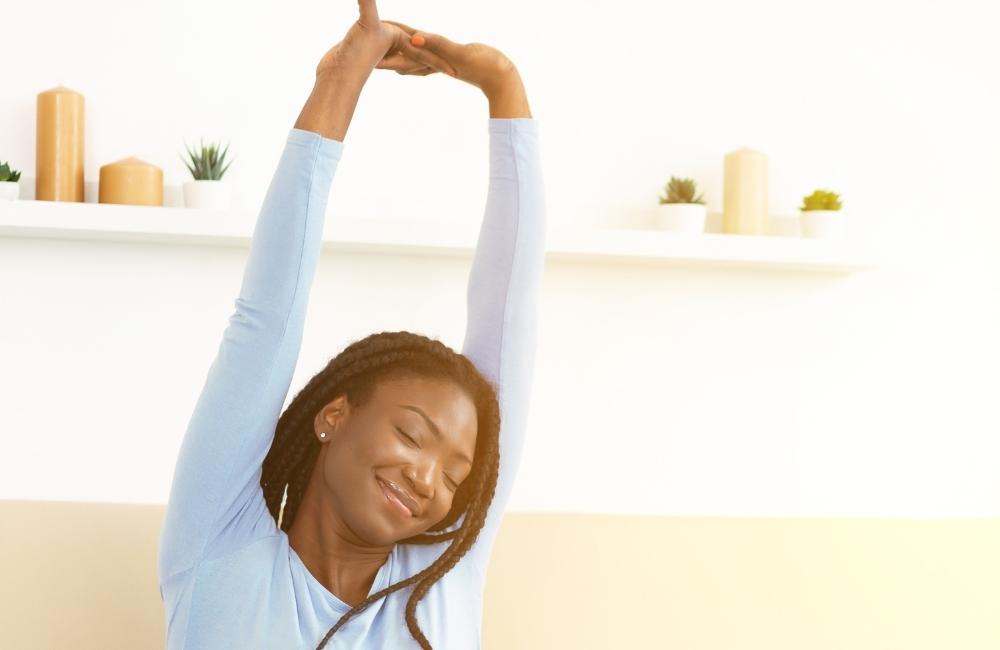
The overhead stretch is one that many people do every morning. This movement opens up the whole body, much like the downward-facing dog.
How to Perform:
- Lace the fingers together.
- Press your hands up towards the ceiling, aiming to straighten out your elbows.
- You should feel a nice stretch from your hands all the way down to your toes.
- Hold for 30 seconds and repeat twice per session.
Seated Single-Leg Hamstring Stretch
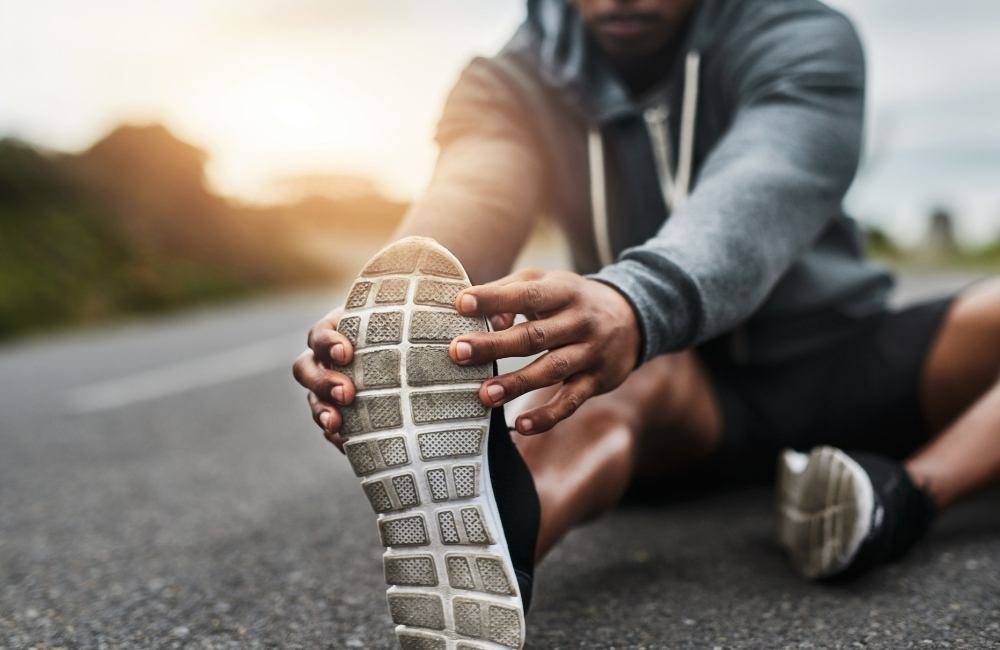
As was mentioned early, the hamstrings tend to be particularly tight in many people. Keeping this area flexible is critical for good health and pain-free movement!
How to Perform:
- Sit on the floor, with your right leg straight, your toe pointed to the ceiling.
- Bend your left leg, placing your left sole on your right inner thigh.
- Keeping your back straight, lean forward until you feel a stretch in your right hamstring.
- Hold for 30 seconds and repeat twice per session on both legs.
Conclusion
Are you ready to take your stretching game to the next level? Try out the stretches from this article and see how you feel!
Works Cited
- Page P. (2012). Current concepts in muscle stretching for exercise and rehabilitation. International journal of sports physical therapy, 7(1), 109–119.
- Babault, N., Rodot, G., Champelovier, M., & Cometti, C. (2021). A Survey on Stretching Practices in Women and Men from Various Sports or Physical Activity Programs. International journal of environmental research and public health, 18(8), 3928. https://doi.org/10.3390/ijerph18083928


